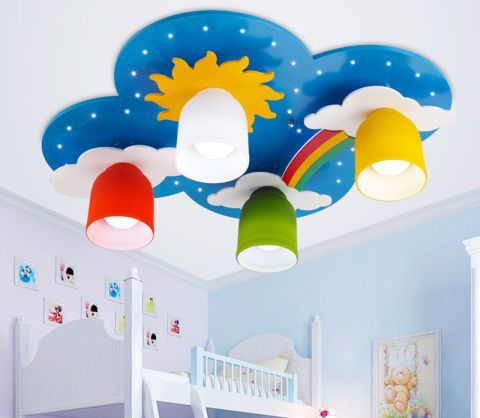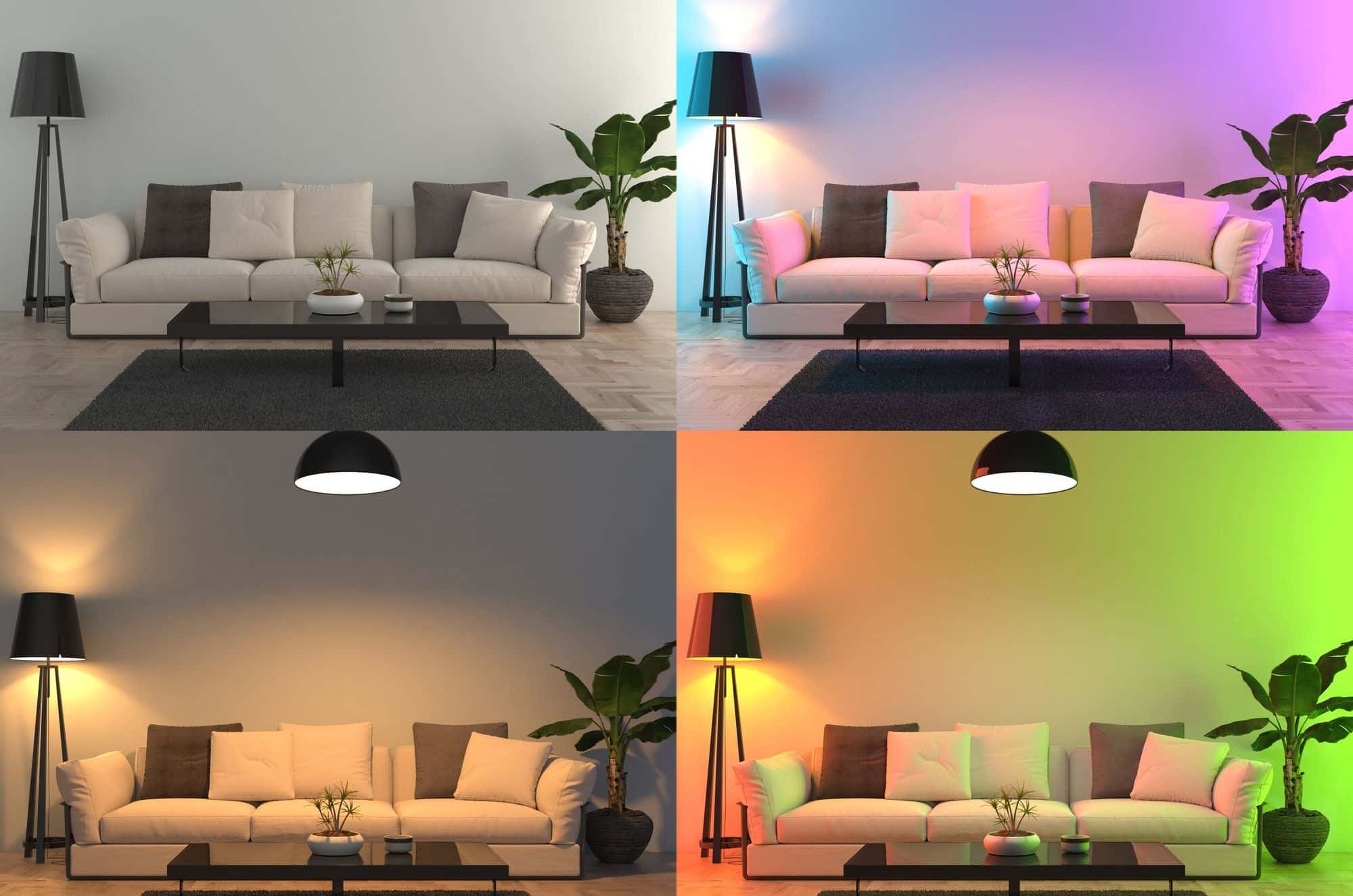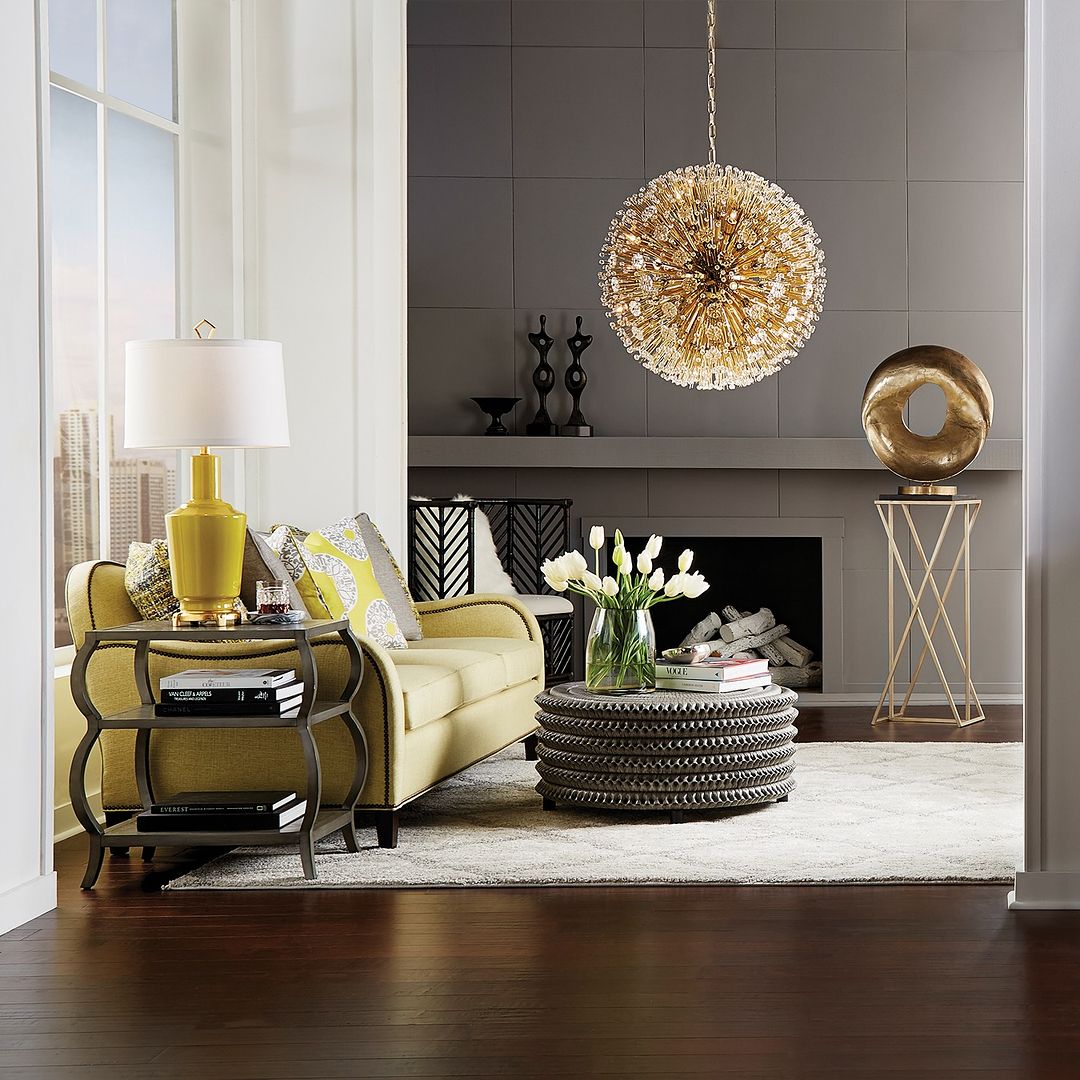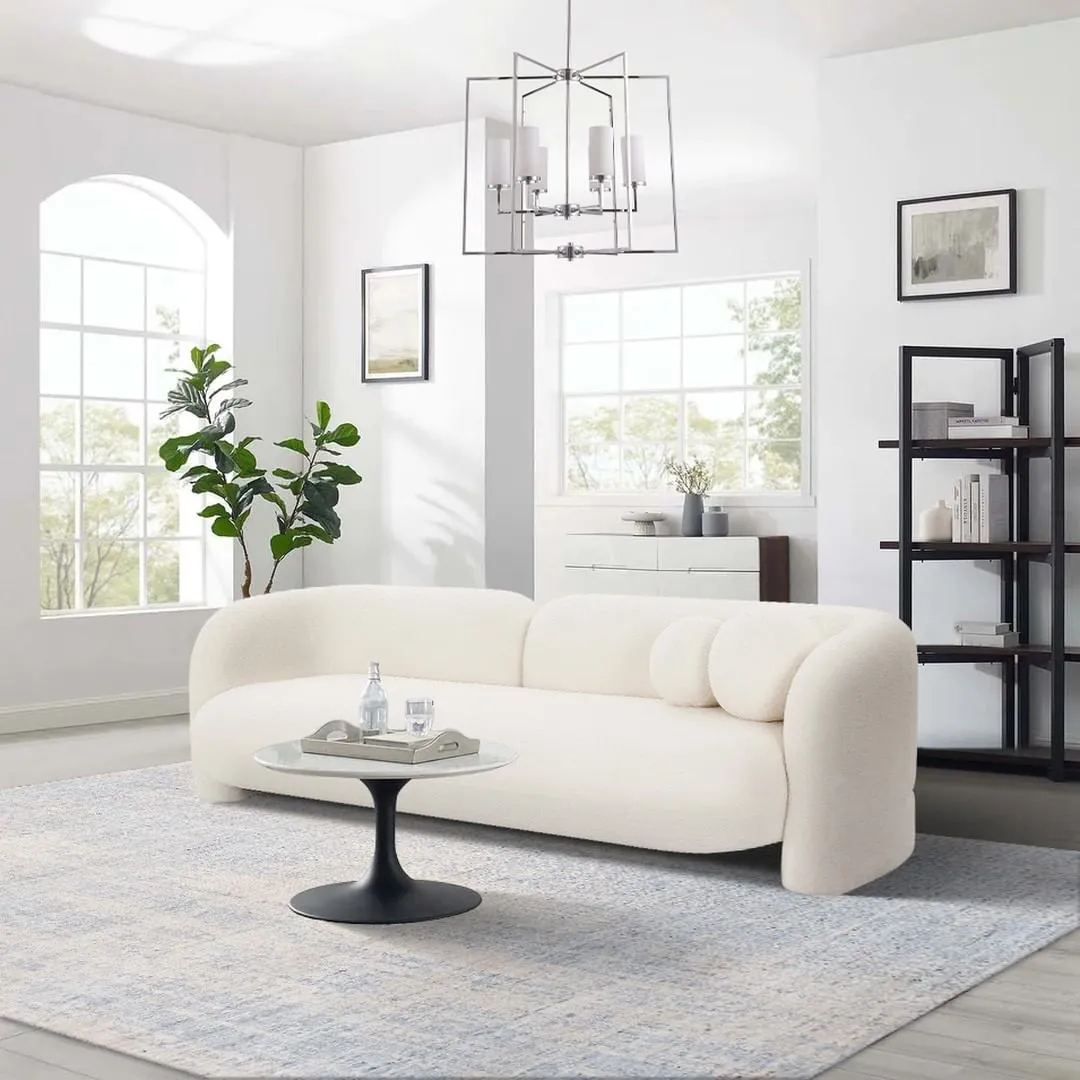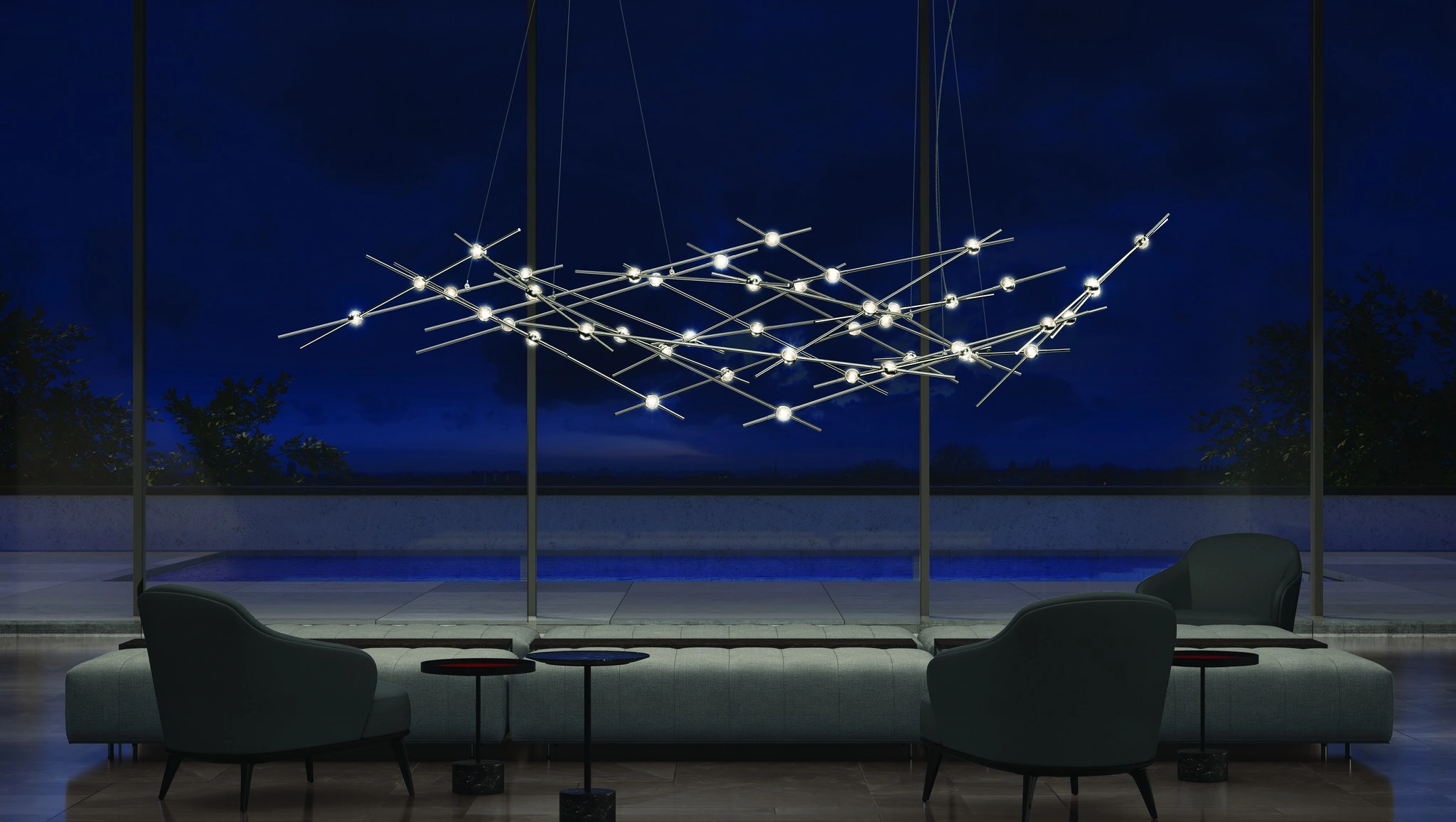Correctly selected lighting can not only emphasize the features of the interior or visually expand the room, but also make work in it more comfortable at times. A well-lit room will seem to us more spacious and free, and the head will not ache due to constant attempts to make out something in the semi-darkness. In different rooms, chandeliers and lamps perform different tasks, and you will learn more about some of them later.
Types of a light
There are three types of lighting: diffused general, point and decorative.
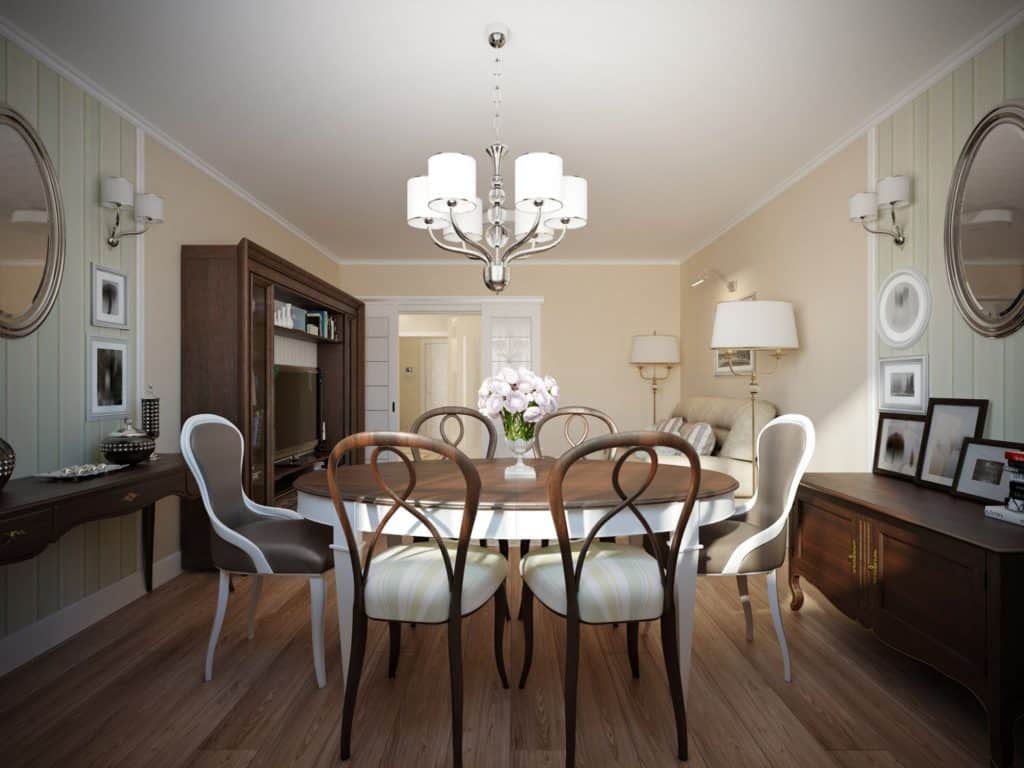
Diffused general
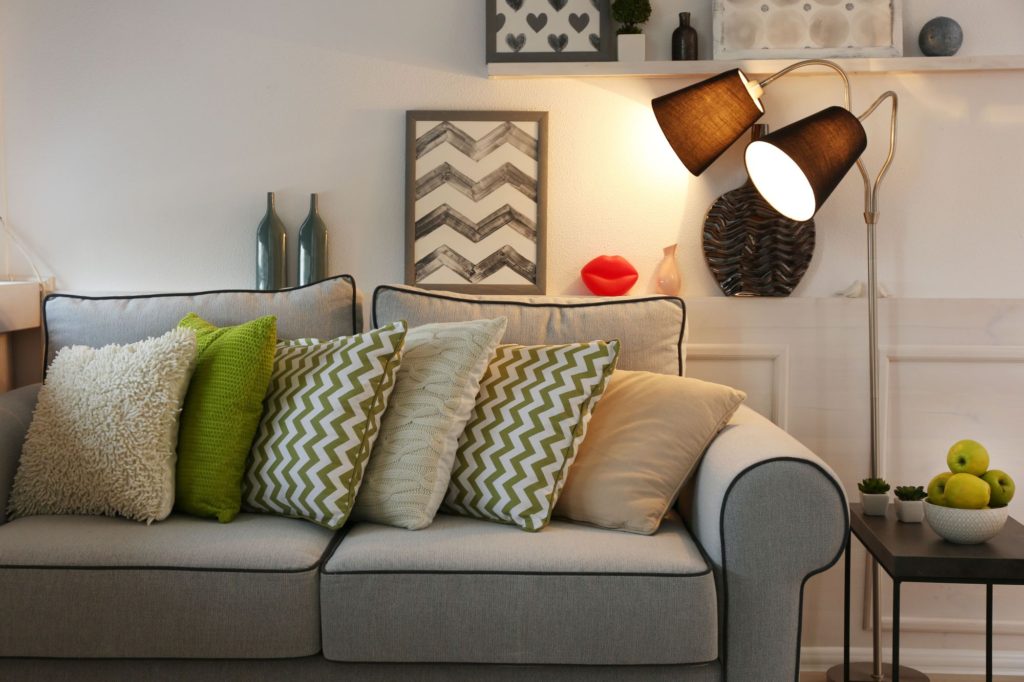
Point
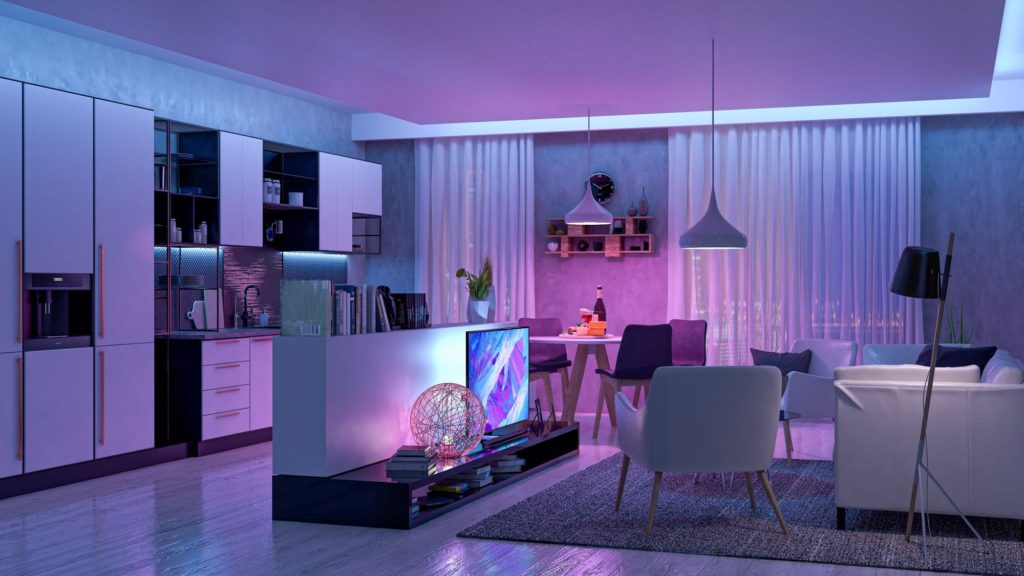
Decorative
General lighting
This is what gives us the feeling of a room. Not too bright, close to daytime, or just a bit colder, it should be as comfortable as possible for the eye. The location of the lighting fixtures must be thought out during the planning phase of the room. If you are doing some minor renovations and the wiring has already been laid before you, you need to choose the right shape and type of lighting fixture.
To avoid light that is uncomfortable for your eyes, pay attention to the shades that point over to the top: they will not only scatter light with high quality but also visually raise the ceiling.
Avoid placing lighting fixtures in corners, as they create the appearance of a “sagging” ceiling if its center is not sufficiently lit. For a spacious room, it is better to choose a chandelier with several lamps with shades directed in different directions for uniform illumination of the space. Armstrong lamps for three or four lamps are suitable for small rooms. They provide bright, flicker-free light, similar to daylight.
The switches for the main light sources in the room should be placed side by side. The panel next to the entrance to the room would be ideal. If possible, give preference to dimmable light so that, depending on your needs, it can be changed from dim and calm to full-fledged bright.
Spot lighting
Spot or functional light is required for specific tasks: reading a book, drawing, or cooking. In case you need a spot light in the kitchen, it is convenient to fix the sconce or light panel on the wall directly above the work surface. If there are hanging cabinets above the kitchen cabinets, consider recessed lighting. But in this case, it is important to choose the right lamp to avoid excessive heating or even melting of the plafond. For built-in light, preference should be given to fluorescent or other energy-saving lamps, as they heat up much less than a conventional incandescent lamp.
When placing lights near the workplace, you should focus not only on the intensity of the lighting. When choosing a table lamp, pay attention to whether it is possible to adjust its height. Also, the base must be stable enough to withstand accidental hand rubbing, or you can even find lamps that are attached to the tabletop with a special clothespin or clamping mechanism.
Directional lighting should not be too intense, especially for reading lamps. Long hours of work under excessively bright light can cause a feeling of fatigue in the eyes and even provoke a headache. Choose shades that diffuse light, preferably frosted glass or alternative materials.
A good option for spot lighting is the popular spots now. This is the base on which the light source is fixed on the movable leg. You can change its direction, which makes the spot versatile for small rooms, where you can direct it to the ceiling as a general diffused light or on a table to illuminate individual objects.
Decorative lighting
Decorative lamps come in the most bizarre shapes, colors and sizes. They serve to create a visual accent in a room, to emphasize a certain element of decor, or to change the atmosphere.
To visually expand the room, decorative sconces installed along the wall are used. To create a calm and romantic atmosphere in the bedroom – dim table lamps with opaque shades or floor lamps with dense fabric and plastic lampshades. If you are a fan of reading in bed, a wall sconce placed at the head of the bed is ideal for you.
Recently popular type of decorative lighting is LED lamps. Most often they look like a narrow tape of almost any length with a control panel. These lamps can change color, color temperature, and brightness depending on the needs. They can be mounted along a corner from floor to ceiling to visually separate the space, or along the ceiling, so the colored light will be less concentrated.
Spots are also a good type of decorative light. Often they are made in the form of a flower or a tree, where one of the “buds” is static and always directed upwards, and the direction of the other can be changed thanks to the flexible stem. This is one of the most functional lighting sources, because thanks to spots, you can come up with an infinite number of combinations with one lighting device, depending on the case. If you are just in a room, it will be enough to light a static lamp; for study or work at the computer desk, you can leave the light only from a smaller lamp. If you are hosting guests, use both light sources and direct them towards the ceiling: this will visually expand the room and create comfortable lighting for a room filled with people.
How to choose light sources
Properly planned lighting is the key to a comfortable stay in the room. Avoid clusters of bright light in one part of the room, otherwise the dark part will appear smaller. If you want to visually raise the ceiling, fill it with light evenly. If, on the contrary, omit, use light sources located at the same level on the walls.
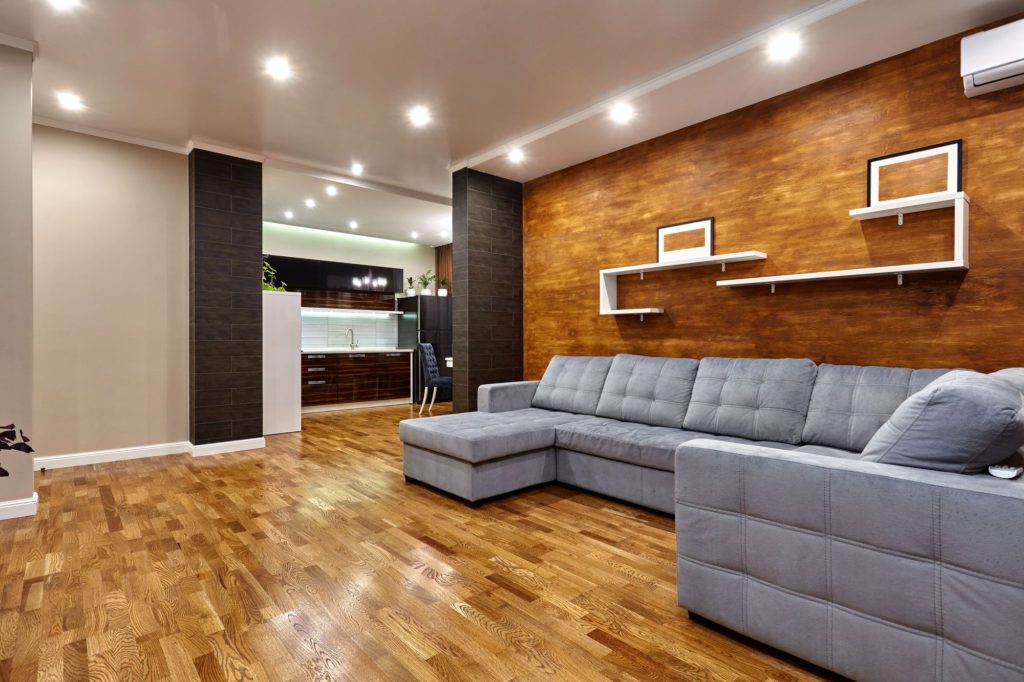
It is better to install a floor lamp next to an armchair or sofa, so it will bring maximum benefit. For the bedside table, use small lamps with heavy-colored lampshades. Lamps that can be fixed to walls or furniture are suitable for the kitchen: this will save space and increase the workspace area.
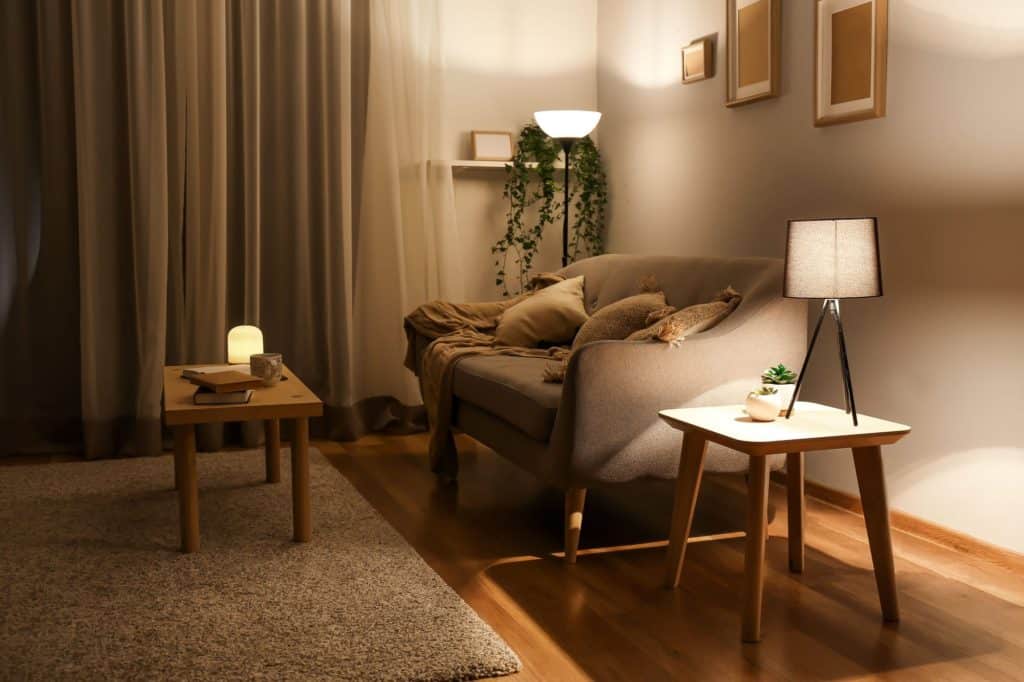
Pay attention to the type of lamps: incandescent lamps, for example, get quite hot, therefore, like halogen ones, it is advisable not to use them for built-in lighting or together with lampshades and shades that can melt or catch fire. Poor-quality fluorescent lamps can produce flickering light, they should not be installed in the workplace, and, if possible, it is better to avoid using them altogether, giving preference to sources of even cold light.
Choose the color of the shade with care: it will affect the color temperature of the room. Paired with a standard incandescent lamp, yellow and orange shades give the room an unpleasant yellowish tint instead of warm home lighting. It is better not to use plafonds of bright colors in the office or in the kitchen, leaving them for the living room. For the bedroom, light shades of cold shades are suitable: purple and blue, according to research, calm the nervous system. When choosing a translucent lampshade or plafond in which several colors are used, keep in mind that the lighting will be heterogeneous and uneven and, if possible, avoid this (unless, of course, this does not fit into the design of your apartment).
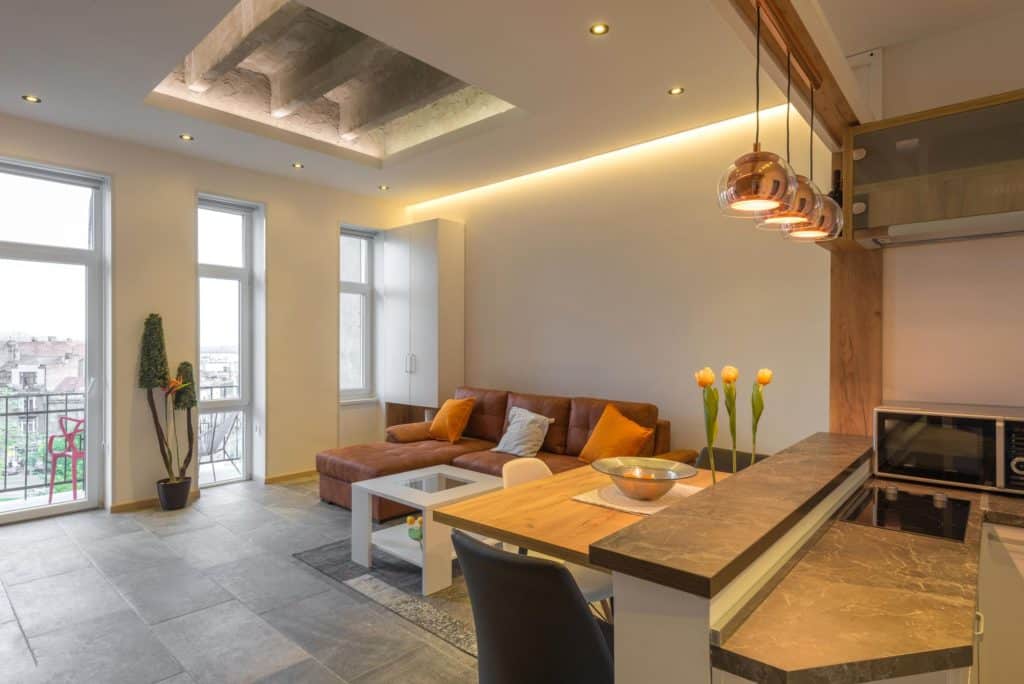
In the nursery, you should install lamps with dim light, be sure to be durable and protected from heat. It is best to keep the light sources high on the walls. Discard floor lamps or carefully hide the wires by securing them to a baseboard or wall.
